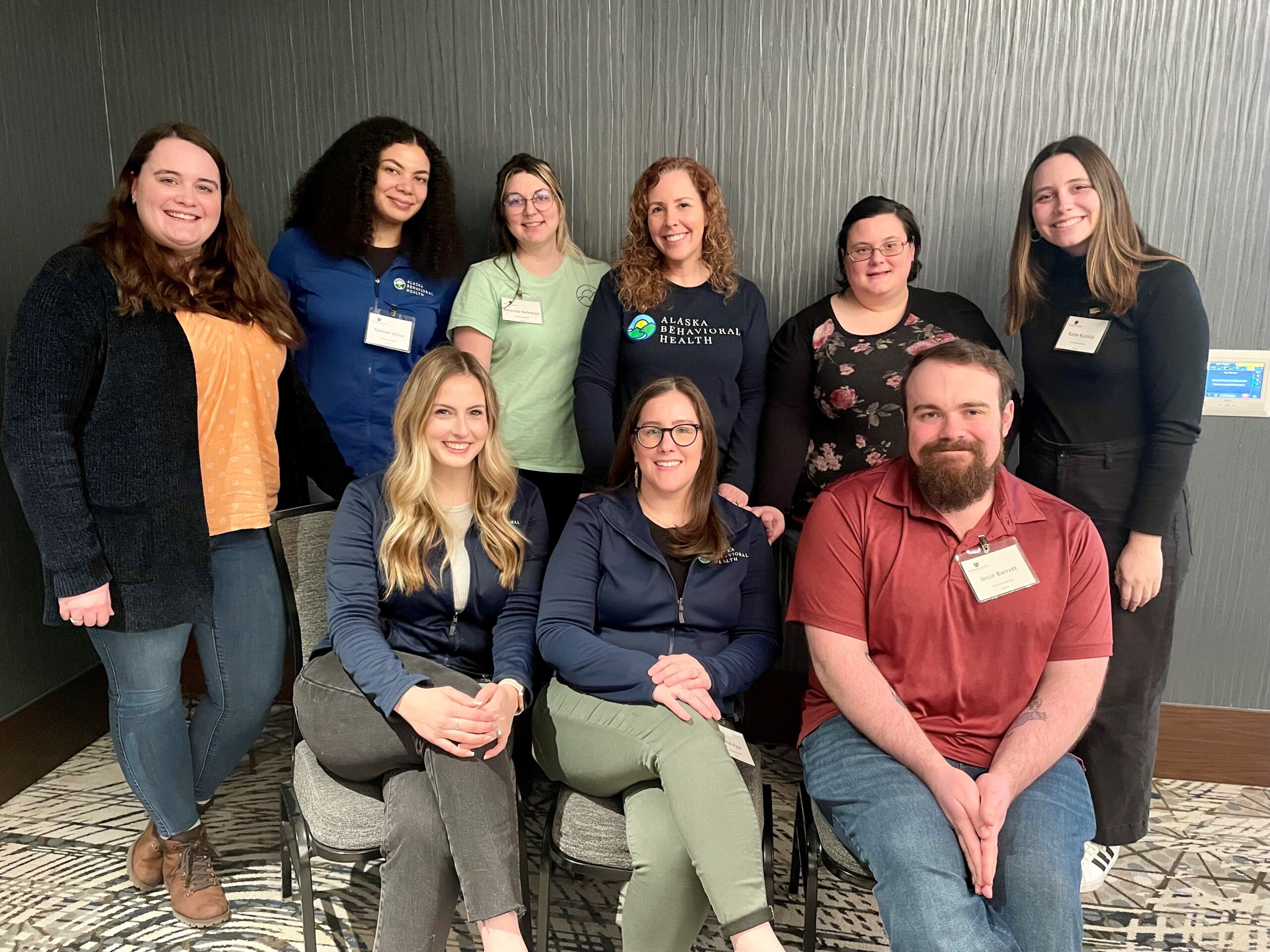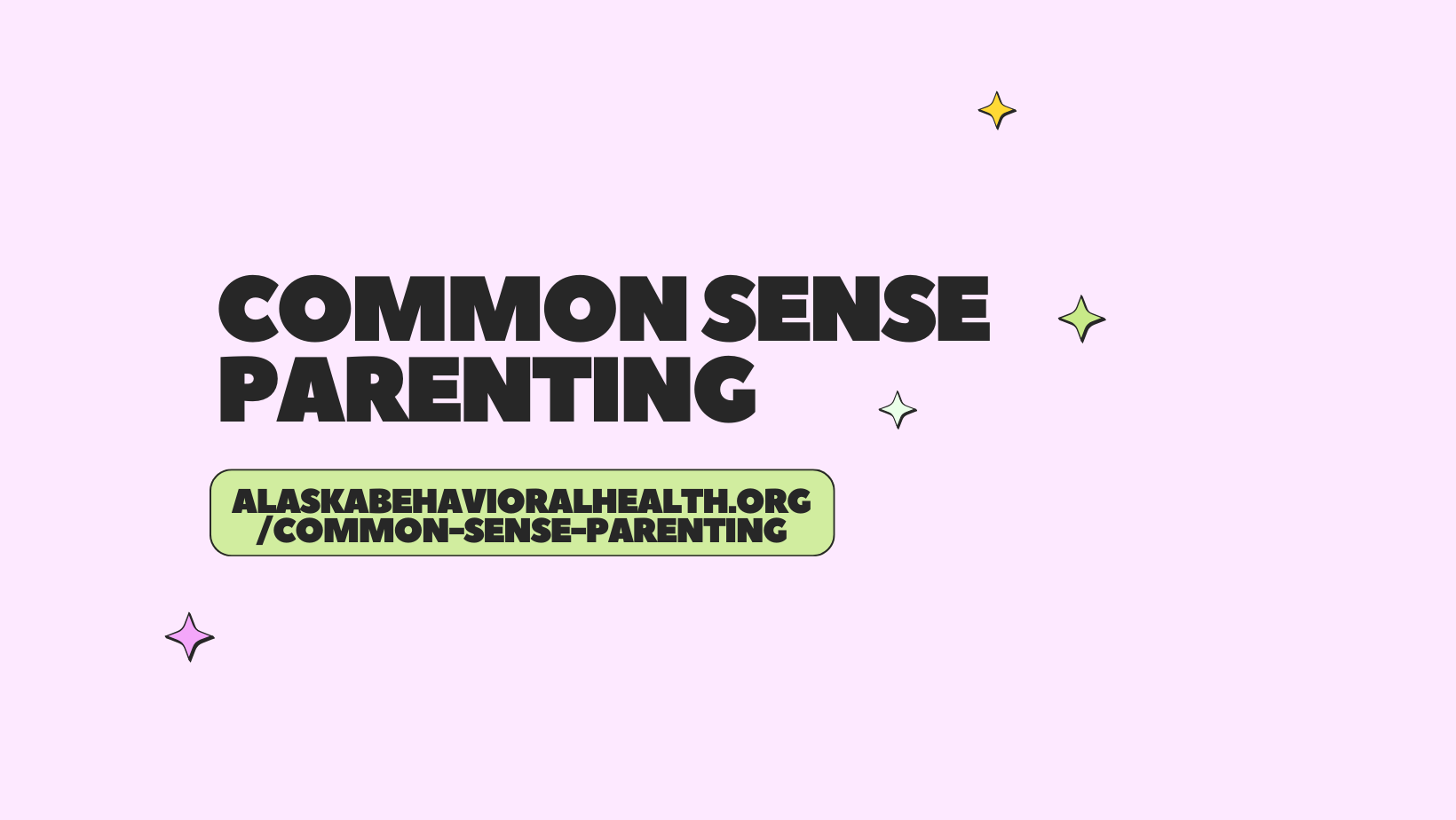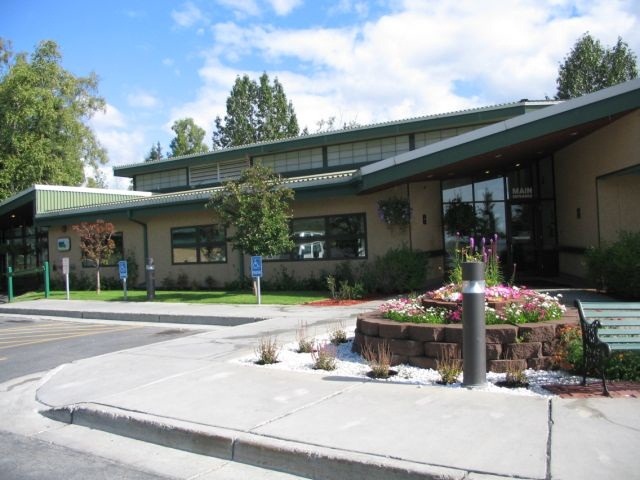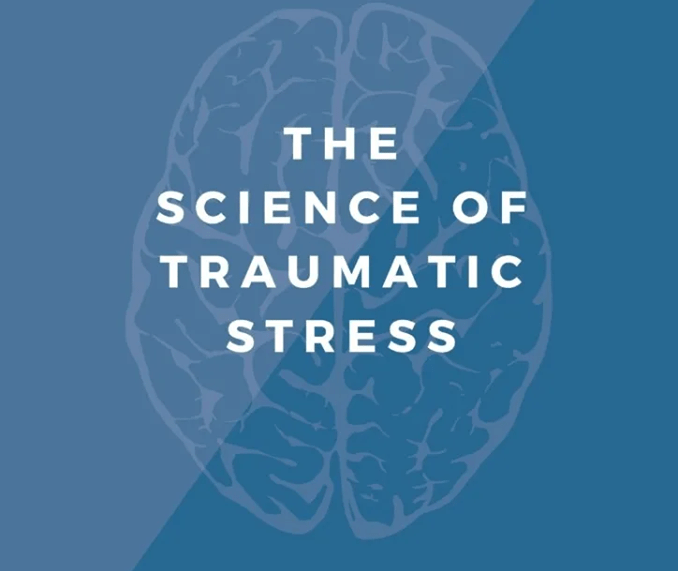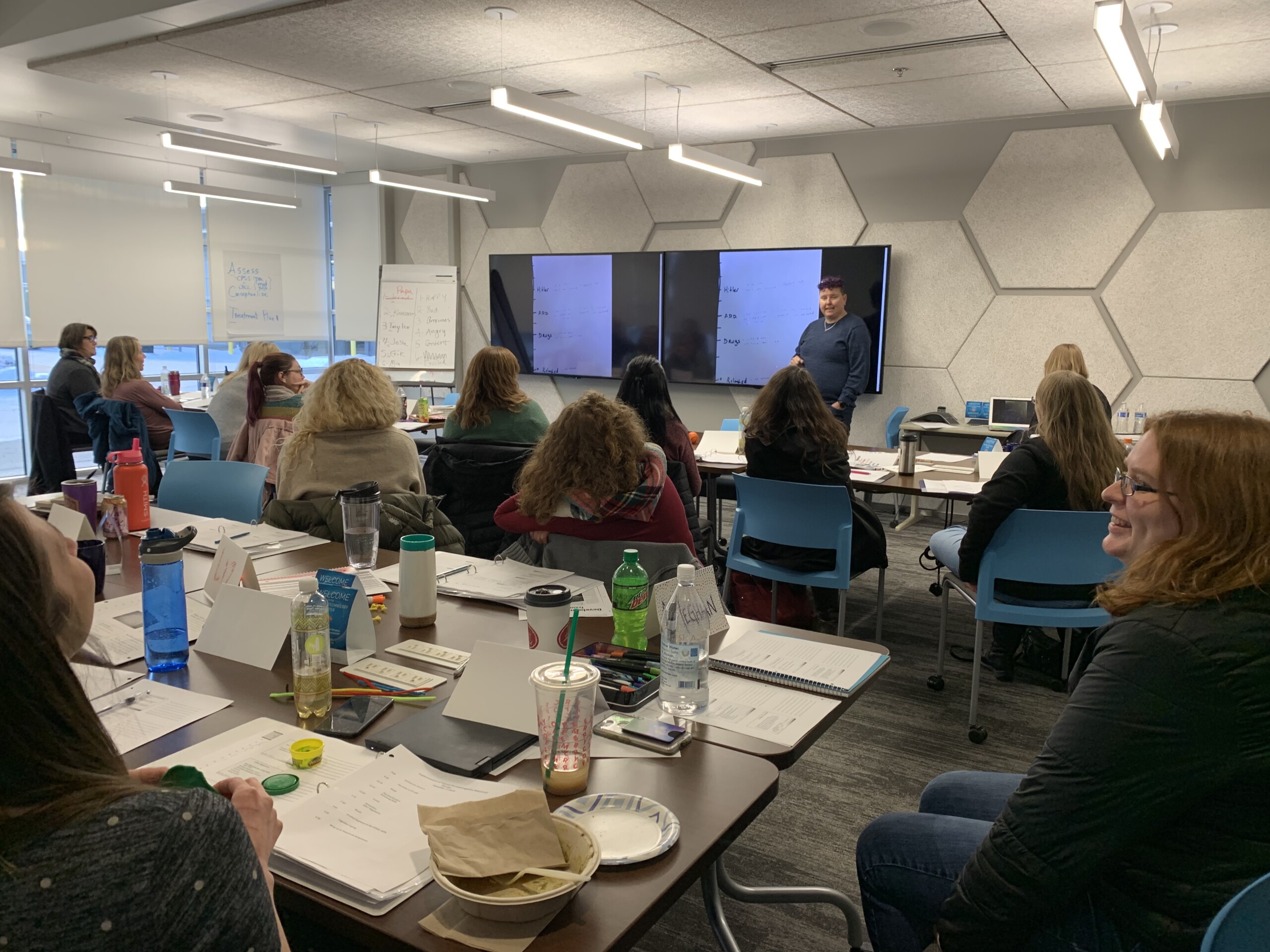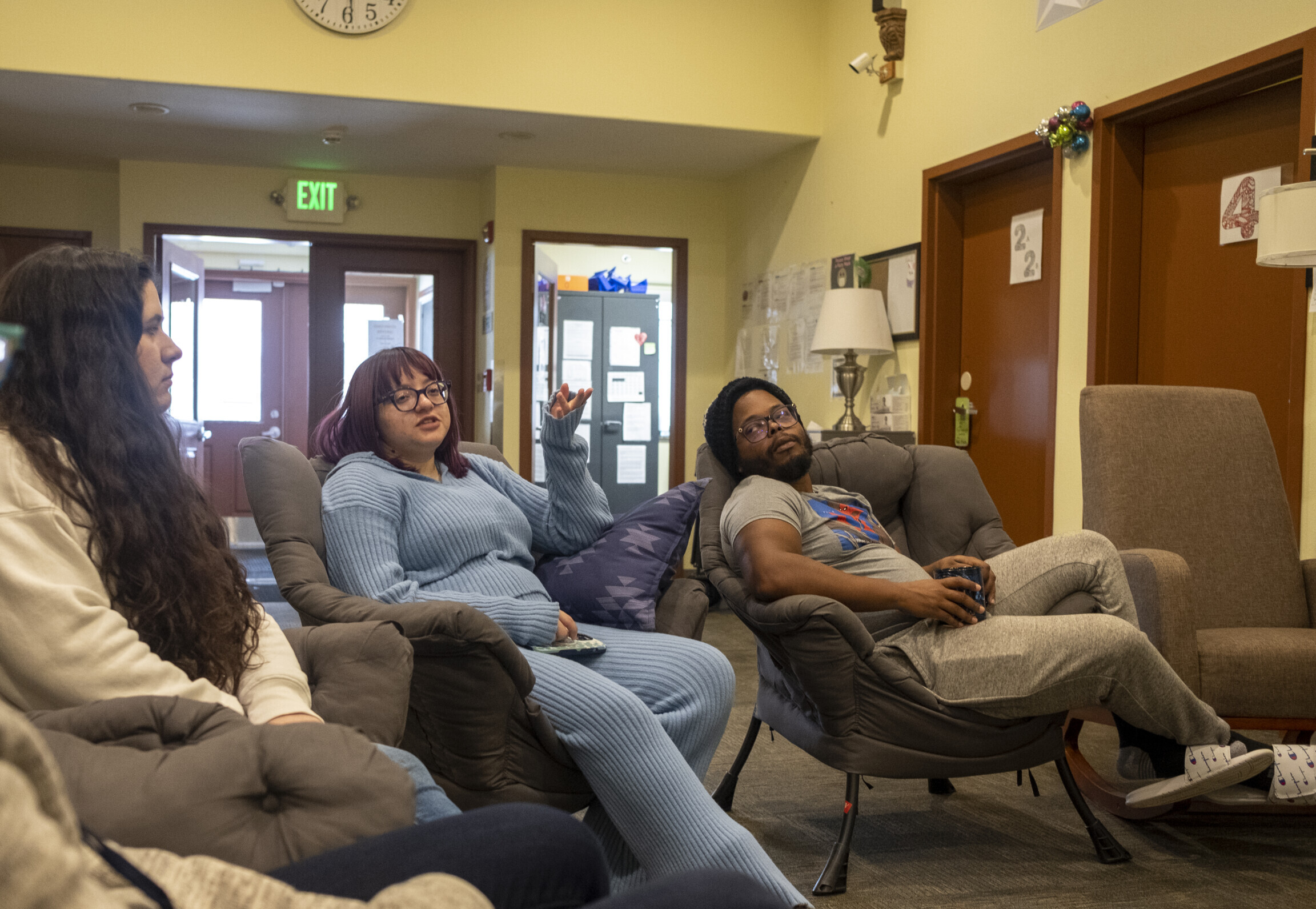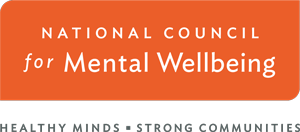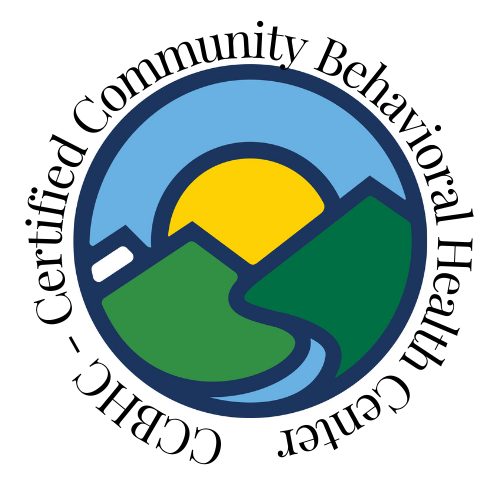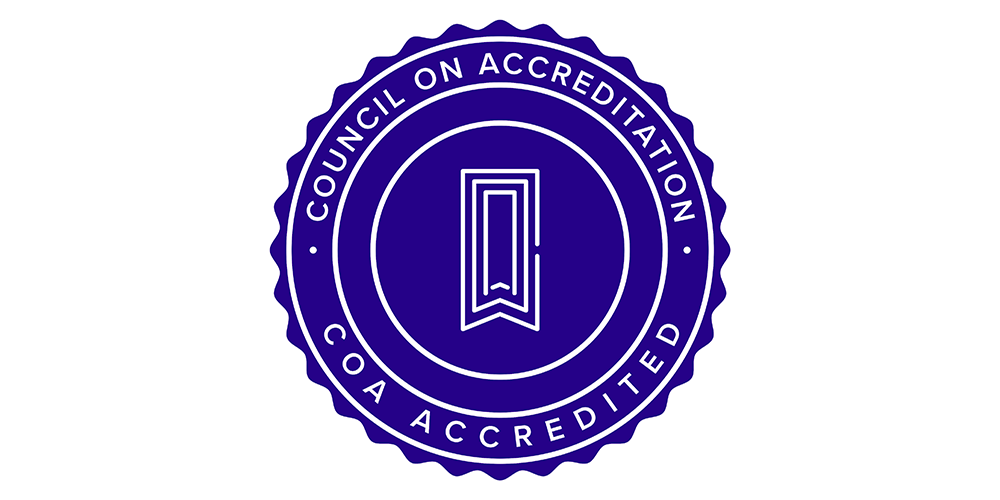A new internship at Alaska Behavioral Health
In Spring 2022, Alaska Behavioral Health hosted its first Occupational Therapy student intern. Baylee Bartgis spent 14 weeks working with our Child and Family Team in Anchorage for her senior capstone project, just before graduating from Creighton University.
What is Occupational Therapy?
The American Occupational Therapy Association defines occupational therapy as the “therapeutic use of everyday life occupations with persons, groups, or populations (i.e., clients) for the purpose of enhancing or enabling participation.” Occupation therapy teaches people who have experienced injury, illness, developmental delays or disabilities to adapt ever day tasks so that they can perform them.
Why OT in behavioral health?
In school, Baylee learned that OT as a profession was founded within the mental health field, based on the idea that being able to accomplish everyday tasks and having something to do is beneficial to mental health. Occupational therapy is now used in many settings, and practitioners need special endorsements to work in mental health settings. Baylee says before her internship started, she could see the connections between the principles she’d learned in OT school and the ARC (Attachment, Regulation and Competency) framework at the core of our services for children.

Addressing sensory issues
In Baylee’s internship, she focused on interventions for children experiencing sensory issues. She used her OT training to make recommendation for environmental accommodations that might help a child distracted by a nearby noise or the feel of their socks on their feet, for example. She spent one day each week in our therapeutic pre-school program Little Tykes, where she performed activity analysis:
“We analyze each step of an activity individually, see precisely where the problem is, and suggest modifications for whichever step is creating challenges.”
OT’s learn about eight sensory systems and how these work in the brain and body. For each, Baylee was able to develop strategies for regulation that therapists can use during sessions, and caregivers can be taught to use at home.

Trauma and developmental delays
Occupational therapists are well-equipped to screen for developmental delays, which are common in children who have experienced significant trauma, as many of our clients have. At Alaska Behavioral Health, clinical associates work with clients on skill development — from following routines to managing energy. Baylee says there is a lot of cross-over there with the work of occupational therapy. During her internship, she was able to make suggestions for making these activities more effective. Without a licensed Occupational Therapist on site to supervise, she was not able to engage in fine motor work directly with clients, but she pointed out when she saw issues for further follow-up.
A strength-based perspective
Both our clinical staff and occupational therapists work from a strength-based perspective, helping clients identify what they are good at and building on those skills. As Baylee says,
“When a kid is struggling, our job is to pinpoint what they are struggling with and address it. If they’re struggling with something physical, my job is to help them modify the environment or activity so they can do it. “
One thing she always keeps in mind is what the future goals are – what does the child, or their family, want the client to be able to do in the future? What are the skills they value?
Training our Staff
We provide our interns with many opportunities for learning and clinical supervision during their time with us, and we always find ourselves learning from them as well. That was especially true with Baylee’s internship. She created resources now being used by our clinical staff and provided a 2-hour training to more than 30 staff working with children in our outpatient clinic and at schools.
Clinical supervisor Mara Hill says the training was valuable for our staff:
“Baylee’s training provided our team with information about sensory processing and increased our understanding of how processes can be impacted by trauma or other factors.”
Mara says it offered a new lens through which to view cases. It also provided “valuable information on when to adapt our own interventions and when to refer to an occupational therapist.”
Next Steps
Baylee found her internship with Alaska Behavioral Health valuable. She graduated in May and is applying for her first job as an OT. Alaska Behavioral Health welcomes graduate-level interns in a variety of fields and looks forward to having another OT intern in the future!

